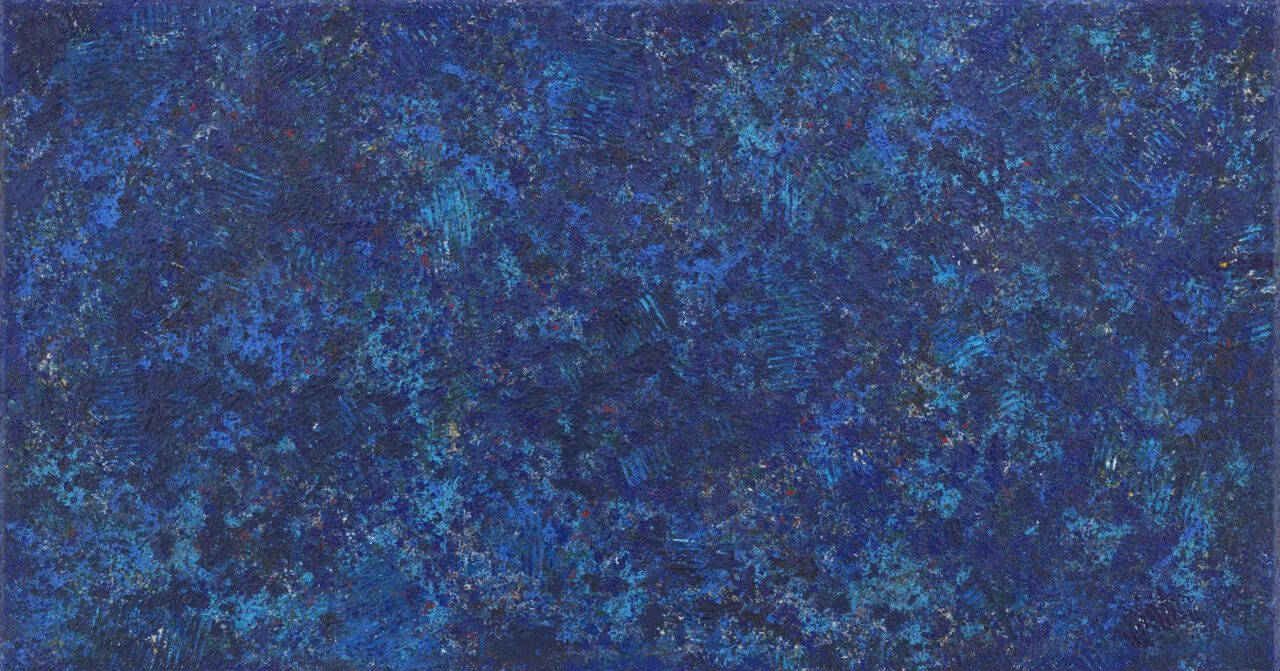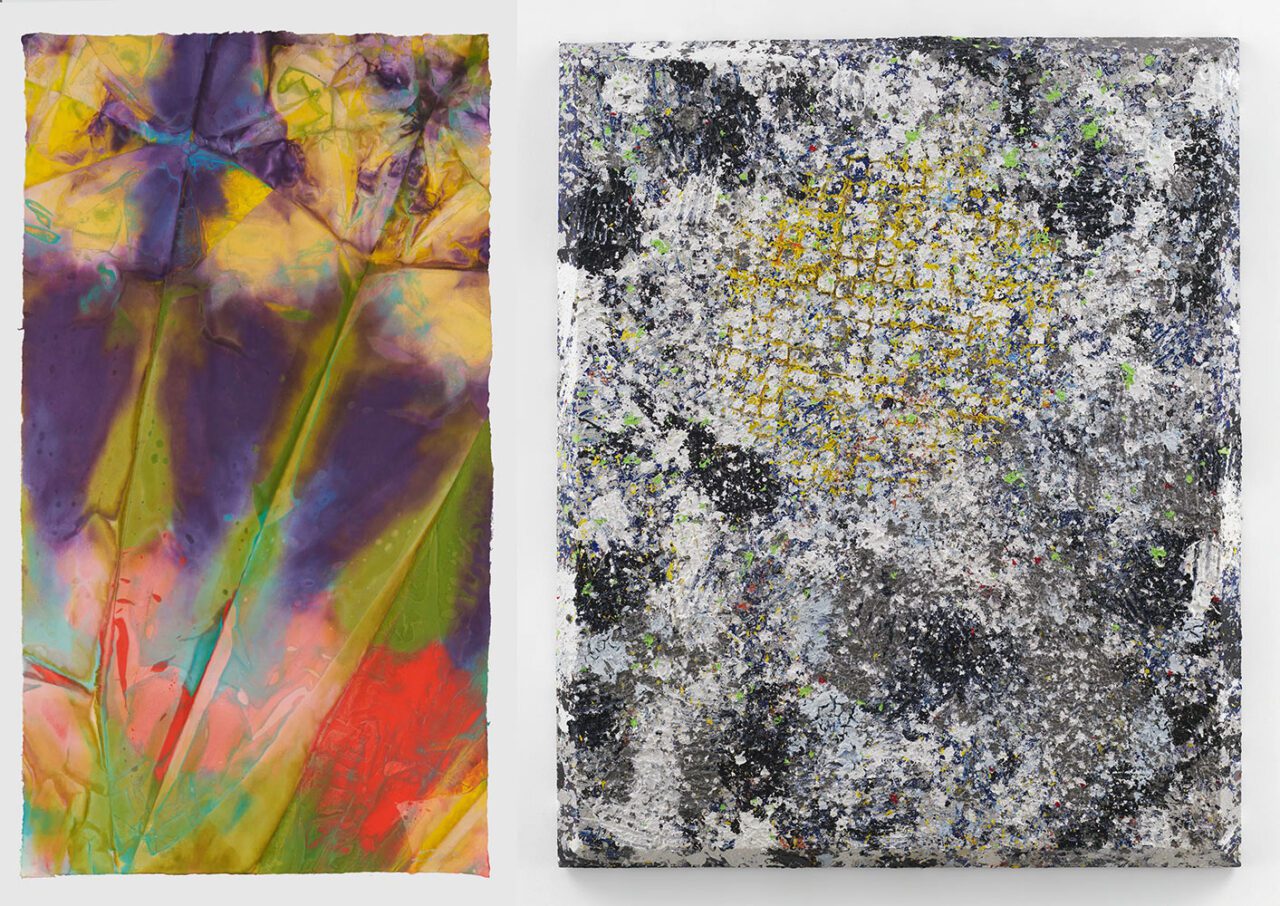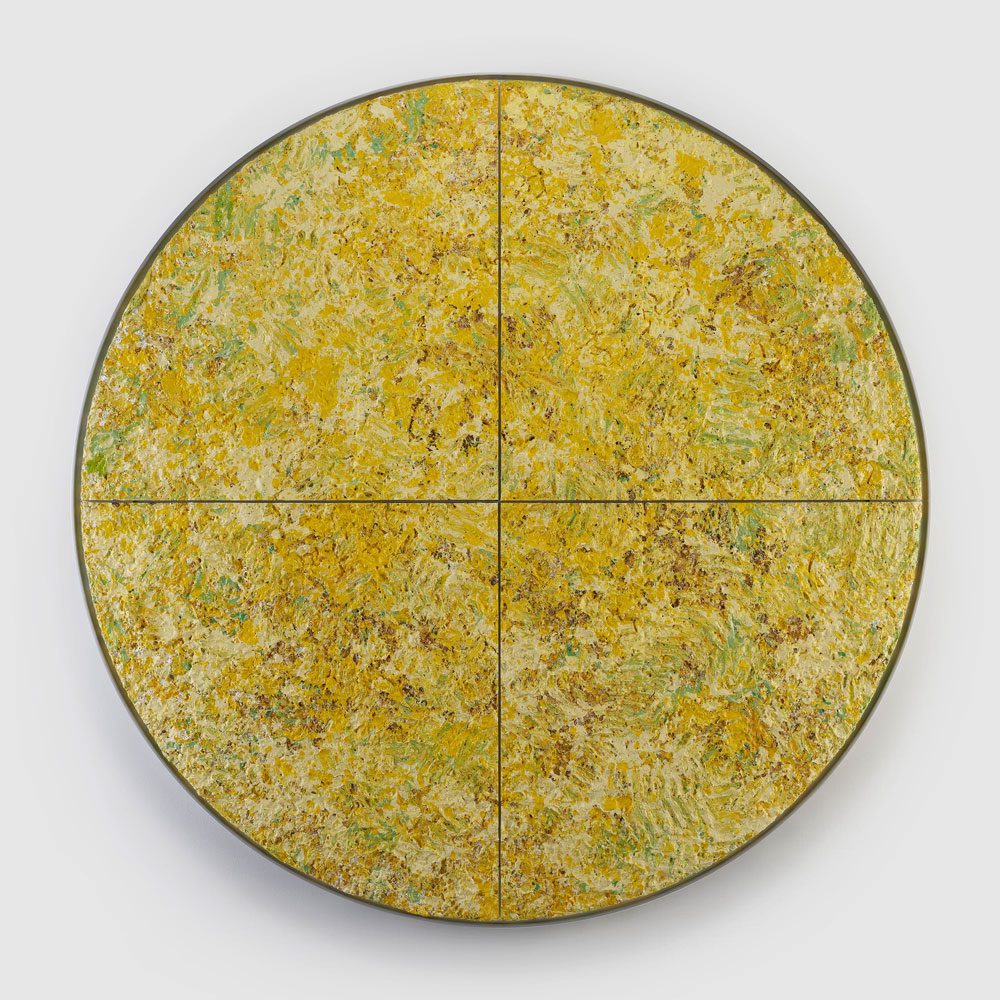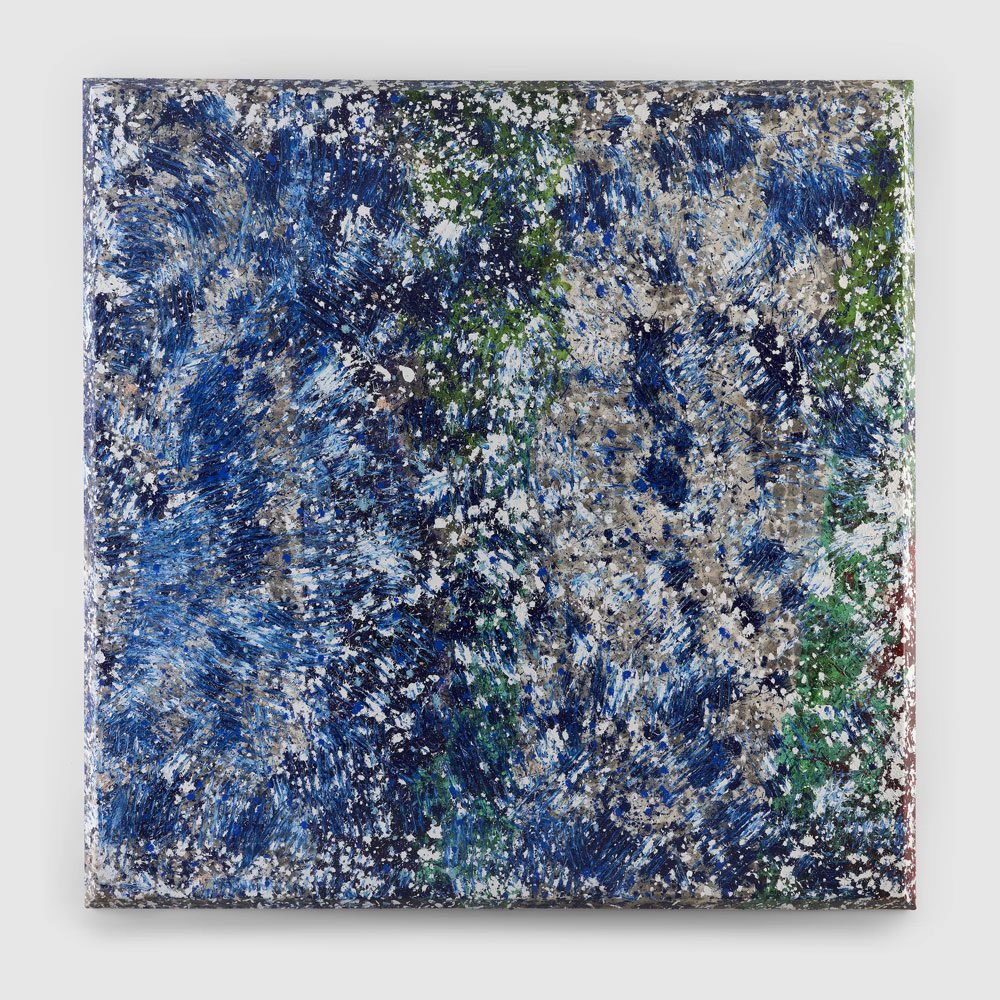PRESENTATION: Sam Gilliam-The Flow of Color
 Sam Gilliam is one of the great innovators in postwar American painting. He emerged from the Washington, D.C. scene in the mid-1960s with works that elaborated upon and disrupted the ethos of Color School painting. A series of formal breakthroughs would soon result in his canonical Drape paintings, which expanded upon the tenets of Abstract Expressionism in entirely new ways. Suspending stretcherless lengths of painted canvas from the walls or ceilings of exhibition spaces, Gilliam transformed his medium and the contexts in which it was viewed.
Sam Gilliam is one of the great innovators in postwar American painting. He emerged from the Washington, D.C. scene in the mid-1960s with works that elaborated upon and disrupted the ethos of Color School painting. A series of formal breakthroughs would soon result in his canonical Drape paintings, which expanded upon the tenets of Abstract Expressionism in entirely new ways. Suspending stretcherless lengths of painted canvas from the walls or ceilings of exhibition spaces, Gilliam transformed his medium and the contexts in which it was viewed.
By Efi Michalarou
Photo: Pace Gallery Archive
The exhibition “The Flow of Color” brings together watercolors and “Drape” paintings created by Sam Gilliam in the last several years of his life, between 2018 and 2022. Widely recognized as one of the boldest innovators of postwar American painting, Gilliam emerged from the Washington, D.C. scene in the mid 1960s with works that elaborated upon and disrupted the ethos of Color School painting. Drawing inspiration from the use of color, line, and movement in Renaissance painting, in addition to the long history of formalism in modernist art, the artist nurtured a radical vision for his work that transcended the traditional boundaries of painting and sculpture, gesturing toward a new mode of making that would come to be understood as installation. Through his tireless experimentations with technique, gesture, materiality, color, and space, he continually reinvented his practice, pursuing a lifelong inquiry into the expressive, aesthetic, and philosophical powers of abstraction. A series of formal breakthroughs early in his career resulted in his canonical “Drape” paintings, which expanded upon the tenets of Abstract Expressionism in entirely new ways. Suspending stretcherless lengths of painted canvas from the walls or ceilings of exhibition spaces, Gilliam transformed his medium and the contexts in which it was viewed. “The year 1968 was one of revelation and determination,” the artist once said. “Something was in the air, and it was in that spirit that I did the Drape paintings”. Gilliam cultivated ties to both Seoul and Tokyo during his lifetime. From 1956 to 1958, when he served as a company clerk in the US army, he was stationed at a base in Yokohama, Japan, visiting nearby art galleries, stores, and woodcut studios whenever he had the time. Also traveling to Tokyo during this period, Gilliam had his first encounter with the work of Yves Klein, a formative experience that, combined with his exposure to Japanese art and architecture, marked “a beginning of when I finally became an artist,” as he once put it. Decades later, in 1991, the artist presented his first solo show in Seoul at the Walker Hill Arts Center and gave a lecture at the Daegu American Cultural Center as a participant in an arts exchange initiative organized by the United States Information Service (USIS). His work would return to the Korean capital for another major solo exhibition at Pace’s gallery in 2021. The “Drape” works included in the exhibition, trace the artist’s late-career experimentations with texture, color, scale, and materiality through his use of Cerex nylon. Employing distinctive soaking, staining, pouring, folding, and spattering techniques, he created totalizing, entrancing compositions with seemingly illimitable contours of color and shape. These “Drapes” are suspended from the ceiling with a single cord, allowing the viewer to experience them in the round, as active features in a transformed environment, emphasizing the newfound luminosity Gilliam achieved as he continued to discover new energy in this career-defining form. Like his “Drapes”, the artist began producing rich watercolor abstractions on Japanese washi paper in the 1960s. The techniques that he used in these works (staining, folding, and otherwise distressing the surface of the paper) exerted a powerful effect on his artistic practice as a whole. Through this medium, he came to understand color and form as physical, textural presences that reach beyond painting’s two-dimensional surface. In his later watercolors, color and support became increasingly inseparable: the paper became the color rather than simply serving as its conveyer or carrier. The sense of depth in the creases and folds of his Drapes is also echoed in his watercolors. Vertical washes of color on these flattened surfaces create the illusion of folds or pleats, and planes of light and dark colors bleed into one another. Saturating the paper support with luminous pigment, Gilliam transformed his watercolor compositions into objects rather than images.
Photo: Sam Gilliam, Nina’s Buffalo, 2022, acrylic on beveled-edge canvas, 96″ × 180″ × 4″ (243.8 cm × 457.2 cm × 10.2 cm), © 2024 Sam Gilliam /Artists Rights Society (ARS), New York, Courtesy Pace Gallery
Info: Pace Gallery, 267 Itaewon-ro, Yongsan-gu, Seoul, South Korea, Duration: 10/1-29/3/2025, Days & Hours: Tue-Sat 10:00-18:00, www.pacegallery.com/

Right: Sam Gilliam, Downpatrick Head, 2022, acrylic on beveled-edge canvas, 72″ × 60″ × 4″ (182.9 cm × 152.4 cm × 10.2 cm), © 2024 Sam Gilliam /Artists Rights Society (ARS), New York, Courtesy Pace Gallery



